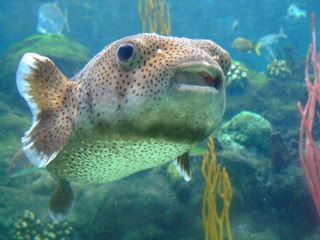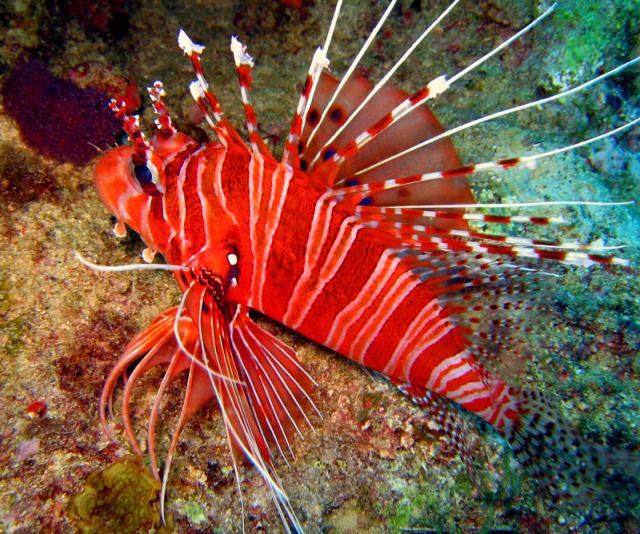Facts about coral reefs for kids
October 6, 2010 | In: Geography Facts

Corals are large colonies of tiny animals that grow slowly upward and outward as a thin layer of living tissue. Each year, these colonies, or coral reefs, leave behind a layer of limy skeleton which is so tough it almost feels like rock. Scientists measured one coral head that grew from 30 to 76 inches in diameter in 23 years. If you were to carefully saw through a limestone coral head, you would see yearly growth rings much like those found in a tree’s trunk. Some coral heads have been found to be hundreds of years old. This means some were around when Christopher Columbus discovered America, or even earlier.
A typical type of coral, brain coral, thrives primarily in the tropics where the water is warm all year around. Because of their hard structure, brain corals can live in ocean currents and strong waves. More delicate branching or plate-like corals can survive only in protected lagoons or deeper water. The large, solid coral heads often serve as a “cleaning station” for certain kinds of animals known as “cleaners.” A cleaner can be a type of shrimp or fish that will clean parasites and diseased tissue off fish or other animals.
For years, many people wondered how colonies of brain coral produce furrows that are shaped just like the furrows on the human brain. As it turns out, most coral animals grow like plant buds out of tiny round or star-shaped skeletons. In brain corals, however, this budding process is incomplete and the rows of coral polyps are only partially connected. This results in rows that bend and curve like furrows.
A coral’s massive skeleton may seem indestructible, but corals only thrive in warm, clear, unpolluted tropical waters. Since the water cannot be murky or filled with plankton that might block out sunlight, most corals do not live near large river mouths. They also cannot tolerate sea water diluted with fresh water, or water that is too salty. In isolated lagoons, evaporation can take away water, leaving water that is saltier than sea water. This can kill corals.
Corals have been recorded living at water temperatures from 61 to 97 degrees Fahrenheit. However, they only thrive at 73 to 77 degrees. Ultraviolet light which burns humans can also damage corals in shallow water where there is no protection. If the thinning of the earth’s protective ozone layer allows more ultraviolet light to reach the earth, corals may disappear from shallower waters.




